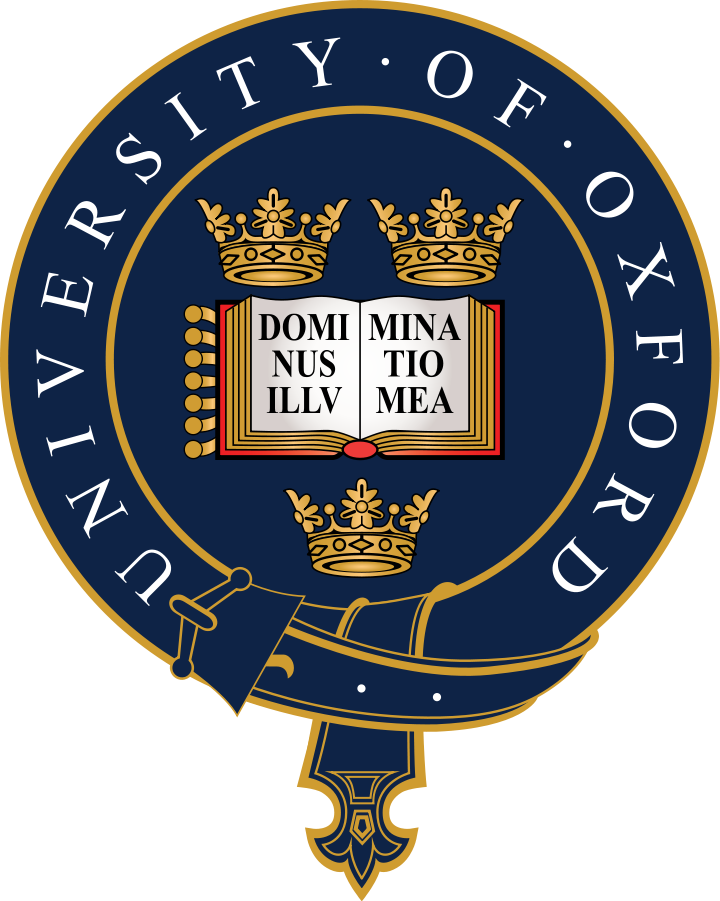
English Encyclopedia
 Breakthrough Prize
Breakthrough Prize
 Breakthrough Prize
Breakthrough Prize
 Fundamental Physics Breakthrough Prize
Fundamental Physics Breakthrough Prize
 Breakthrough Prize
Breakthrough Prize
 New Horizons in Physics Prize
New Horizons in Physics Prize
 Geschichte der Vereinigten Staaten
Geschichte der Vereinigten Staaten
 Ivy League
Ivy League

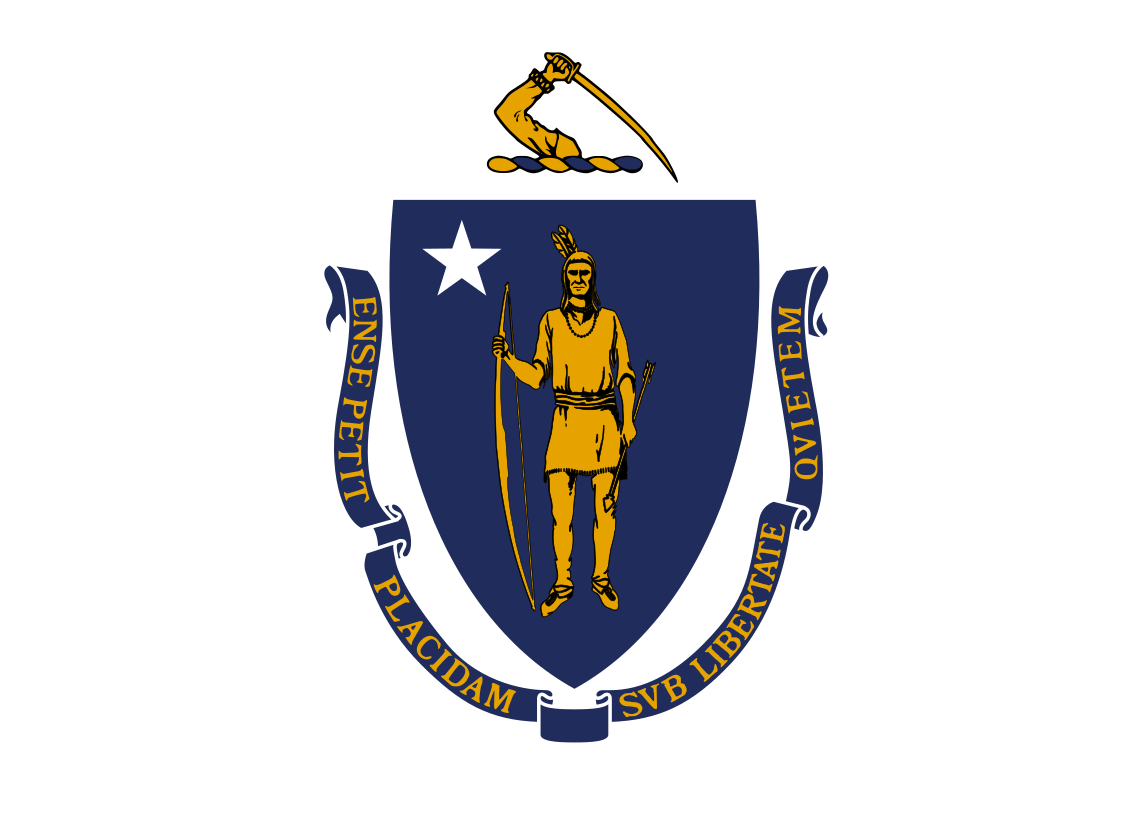 Massachusetts-MA
Massachusetts-MA

 Medizin, Pharma, Rehabilitation
Medizin, Pharma, Rehabilitation
 Medizinische Hochschulen/Medical colleges/Forschungsinstitut/Research Institute
Medizinische Hochschulen/Medical colleges/Forschungsinstitut/Research Institute
 Nobelpreis
Nobelpreis
 Nobelpreis für Chemie
Nobelpreis für Chemie
 Nobelpreis
Nobelpreis
 Nobelpreis für Literatur
Nobelpreis für Literatur
 Nobelpreis
Nobelpreis
 Nobelpreis für Physik
Nobelpreis für Physik
 Nobelpreis
Nobelpreis
 Nobelpreis für Physiologie oder Medizin
Nobelpreis für Physiologie oder Medizin
 Nobelpreis
Nobelpreis
 Nobelpreis für Wirtschaftswissenschaften
Nobelpreis für Wirtschaftswissenschaften
 Nobelpreis
Nobelpreis
 Universität/Institut
Universität/Institut
 Nobelpreis
Nobelpreis
 Nobelpreis für Frieden
Nobelpreis für Frieden
 Sinologie
Sinologie

 Universitäten in den USA
Universitäten in den USA
 USA
USA

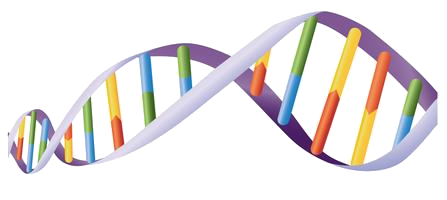 Wissenschaft und Technik
Wissenschaft und Technik
 *Weltberühmte Forschungseinrichtungen/World famous research institutions
*Weltberühmte Forschungseinrichtungen/World famous research institutions
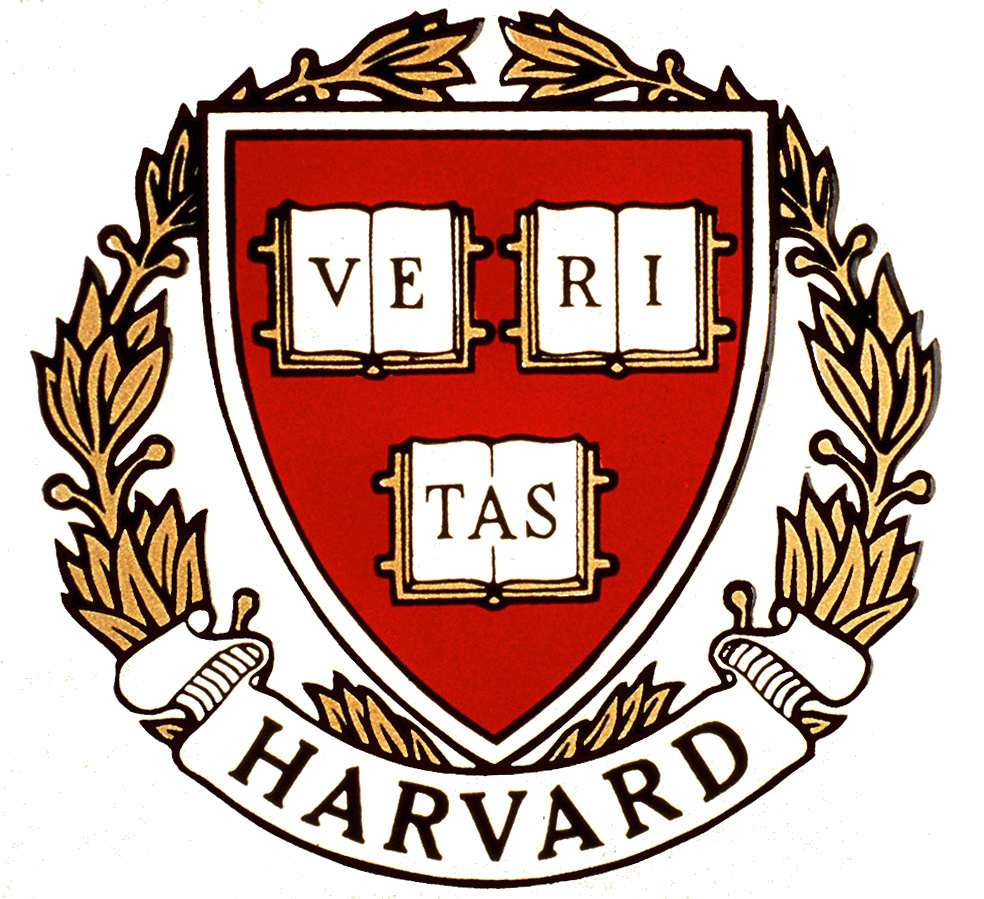
Harvard University is a private Ivy League research university in Cambridge, Massachusetts, with about 6,700 undergraduate students and about 15,250 post graduate students. Established in 1636 and named for its first benefactor, clergyman John Harvard, Harvard is the United States' oldest institution of higher learning,[9] and its history, influence, and wealth have made it one of the world's most prestigious universities.[10] The Harvard Corporation is its first chartered corporation. Although never formally affiliated with any denomination, the early College primarily trained Congregational and Unitarian clergy. Its curriculum and student body were gradually secularized during the 18th century, and by the 19th century, Harvard had emerged as the central cultural establishment among Boston elites.[11][12] Following the American Civil War, President Charles W. Eliot's long tenure (1869–1909) transformed the college and affiliated professional schools into a modern research university; Harvard was a founding member of the Association of American Universities in 1900.[13] A. Lawrence Lowell, who followed Eliot, further reformed the undergraduate curriculum and undertook aggressive expansion of Harvard's land holdings and physical plant. James Bryant Conant led the university through the Great Depression and World War II and began to reform the curriculum and liberalize admissions after the war. The undergraduate college became coeducational after its 1977 merger with Radcliffe College.
The university is organized into eleven separate academic units—ten faculties and the Radcliffe Institute for Advanced Study—with campuses throughout the Boston metropolitan area:[14] its 209-acre (85 ha) main campus is centered on Harvard Yard in Cambridge, approximately 3 miles (5 km) northwest of Boston; the business school and athletics facilities, including Harvard Stadium, are located across the Charles River in the Allston neighborhood of Boston and the medical, dental, and public health schools are in the Longwood Medical Area.[15] The endowment of Harvard's is worth $37.1 billion, making it the largest of any academic institution.[8]
Harvard is a large, highly residential research university.[16] The nominal cost of attendance is high, but the university's large endowment allows it to offer generous financial aid packages.[17] The Harvard Library is the world's largest academic and private library system, comprising 79 individual libraries holding over 18 million items.[18][19][20] The University is cited as one of the world's top tertiary institutions by various organizations.[21][22][23][24]
Harvard's alumni include eight U.S. presidents, several foreign heads of state, 62 living billionaires, 359 Rhodes Scholars, and 242 Marshall Scholars.[25][26][27] To date, some 157 Nobel laureates, 18 Fields Medalists, and 14 Turing Award winners have been affiliated as students, faculty, or staff.[28] In addition, Harvard students and alumni have won 10 Academy Awards, 48 Pulitzer Prizes,[29] and 108 Olympic medals (46 gold, 41 silver and 21 bronze).[30]
L’université Harvard (Harvard University), ou plus simplement Harvard, est une université privée américaine située à Cambridge, ville de l'agglomération de Boston, dans le Massachusetts. Fondée le 28 octobre 16361, c'est le plus ancien établissement d'enseignement supérieur des États-Unis2,3.
Elle fait partie de l'Ivy League, regroupement informel des huit universités de la côte Est des États-Unis. Plus de 70 de ses étudiants ont reçu un prix Nobel4. Le corps enseignant est constitué de 2 497 professeurs, pour 6 715 étudiants de premier cycle (undergraduate, en anglais) et 12 424 étudiants de cycle supérieur (graduate en anglais). Harvard attire des étudiants du monde entier (132 nationalités représentées en 20045).
 Breakthrough Prize
Breakthrough Prize
 Fundamental Physics Breakthrough Prize
Fundamental Physics Breakthrough Prize
 Breakthrough Prize
Breakthrough Prize
 Breakthrough Prize in Life Sciences
Breakthrough Prize in Life Sciences
 Breakthrough Prize
Breakthrough Prize
 New Horizons in Physics Prize
New Horizons in Physics Prize

 Massachusetts-MA
Massachusetts-MA
 Nobelpreis
Nobelpreis
 Nobelpreis für Chemie
Nobelpreis für Chemie
 Nobelpreis
Nobelpreis
 Nobelpreis für Frieden
Nobelpreis für Frieden
 Nobelpreis
Nobelpreis
 Nobelpreis für Physik
Nobelpreis für Physik
 Nobelpreis
Nobelpreis
 Nobelpreis für Physiologie oder Medizin
Nobelpreis für Physiologie oder Medizin
 Nobelpreis
Nobelpreis
 Nobelpreis für Wirtschaftswissenschaften
Nobelpreis für Wirtschaftswissenschaften
 Nobelpreis
Nobelpreis
 Universität/Institut
Universität/Institut

 Universitäten in den USA
Universitäten in den USA
 Vereinigte Staaten
Vereinigte Staaten
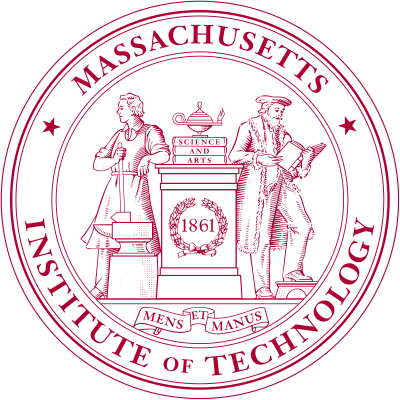

The Massachusetts Institute of Technology (MIT) is a private land-grant research university in Cambridge, Massachusetts. Established in 1861, MIT has since played a key role in the development of modern technology and science, ranking it among the top academic institutions in the world.[11][12][13][14]
Founded in response to the increasing industrialization of the United States, MIT adopted a European polytechnic university model and stressed laboratory instruction in applied science and engineering. The institute has an urban campus that extends more than a mile (1.6 km) alongside the Charles River, and encompasses a number of major off-campus facilities such as the MIT Lincoln Laboratory, the Bates Center, and the Haystack Observatory, as well as affiliated laboratories such as the Broad and Whitehead Institutes.
As of December 2021, 98 Nobel laureates,[15] 26 Turing Award winners, and 8 Fields Medalists have been affiliated with MIT as alumni, faculty members, or researchers.[16] In addition, 58 National Medal of Science recipients, 29 National Medals of Technology and Innovation recipients, 50 MacArthur Fellows,[17] 80 Marshall Scholars,[18] 41 astronauts,[19] 16 Chief Scientists of the U.S. Air Force, and numerous heads of states have been affiliated with MIT. The institute also has a strong entrepreneurial culture and MIT alumni have founded or co-founded many notable companies.[20][21] MIT is a member of the Association of American Universities (AAU)[22] and has received more Sloan Research Fellowships than any other university in North America.
Discoveries and innovation
Natural sciences
- Oncogene – Robert Weinberg discovered genetic basis of human cancer.[314]
- Reverse transcription – David Baltimore independently isolated, in 1970 at MIT, two RNA tumor viruses: R-MLV and again RSV.[315]
- Thermal death time – Samuel Cate Prescott and William Lyman Underwood from 1895 to 1898. Done for canning of food. Applications later found useful in medical devices, pharmaceuticals, and cosmetics.[316]
Computer and applied sciences
- Akamai Technologies – Daniel Lewin and Tom Leighton developed a faster content delivery network, now one of the world's largest distributed computing platforms, responsible for serving between 15 and 30 percent of all web traffic.[317]
- Cryptography – MIT researchers Ron Rivest, Adi Shamir and Leonard Adleman developed one of the first practical public-key cryptosystems, the RSA cryptosystem, and started a company, RSA Security.[318]
- Digital circuits – Claude Shannon, while a master's degree student at MIT, developed the digital circuit design theory which paved the way for modern computers.[319]
- Electronic ink – developed by Joseph Jacobson at MIT Media Lab.[320]
- Emacs (text editor) – development began during the 1970s at the MIT AI Lab.[321]
- Flight recorder (black box) – Charles Stark Draper developed the black box at MIT's Instrumentation Laboratory. That lab later made the Apollo Moon landings possible through the Apollo Guidance Computer it designed for NASA.[322]
- GNU Project – Richard Stallman formally founded the free software movement in 1983 by launching the GNU Project at MIT.[323][324][325]
- Julia (programming language) – Development was started in 2009, by Jeff Bezanson, Stefan Karpinski, Viral B. Shah, and Alan Edelman, all at MIT at that time, and continued with the contribution of a dedicated MIT Julia Lab[326]
- Lisp (programming language) – John McCarthy invented Lisp at MIT in 1958.[327]
- Lithium-ion battery efficiencies – Yet-Ming Chiang and his group at MIT showed a substantial improvement in the performance of lithium batteries by boosting the material's conductivity by doping it[328] with aluminium, niobium and zirconium.[329][330]
- Macsyma, one of the oldest general-purpose computer algebra systems; the GPL-licensed version Maxima remains in wide use.[331]
- MIT OpenCourseWare – the OpenCourseWare movement started in 1999 when the University of Tübingen in Germany published videos of lectures online for its timms initiative (Tübinger Internet Multimedia Server).[332] The OCW movement only took off, however, with the launch of MIT OpenCourseWare and the Open Learning Initiative at Carnegie Mellon University[333] in October 2002. The movement was soon reinforced by the launch of similar projects at Yale, Utah State University, the University of Michigan and the University of California Berkeley.[334]
- Perdix micro-drone – autonomous drone that uses artificial intelligence to swarm with many other Perdix drones.[335]
- Project MAC – groundbreaking research in operating systems, artificial intelligence, and the theory of computation. DARPA funded project.[336]
- Radar – developed at MIT's Radiation Laboratory during World War II.[337]
- SKETCHPAD – invented by Ivan Sutherland at MIT (presented in his PhD thesis). It pioneered the way for human–computer interaction (HCI).[338] Sketchpad is considered to be the ancestor of modern computer-aided design (CAD) programs as well as a major breakthrough in the development of computer graphics in general.[339]
- VisiCalc – first spreadsheet computer program for personal computers, originally released for the Apple II by VisiCorp. MIT alumni Dan Bricklin and Bob Frankston rented time sharing at night on an MIT mainframe computer (that cost $1/hr for use).[340]
- World Wide Web Consortium – founded in 1994 by Tim Berners-Lee, (W3C) is the main international standards organization for the World Wide Web[341]
- X Window System – pioneering architecture-independent system for graphical user interfaces that has been widely used for Unix and Linux systems.[342]
 Breakthrough Prize
Breakthrough Prize
 Fundamental Physics Breakthrough Prize
Fundamental Physics Breakthrough Prize
 Breakthrough Prize
Breakthrough Prize
 New Horizons in Physics Prize
New Horizons in Physics Prize

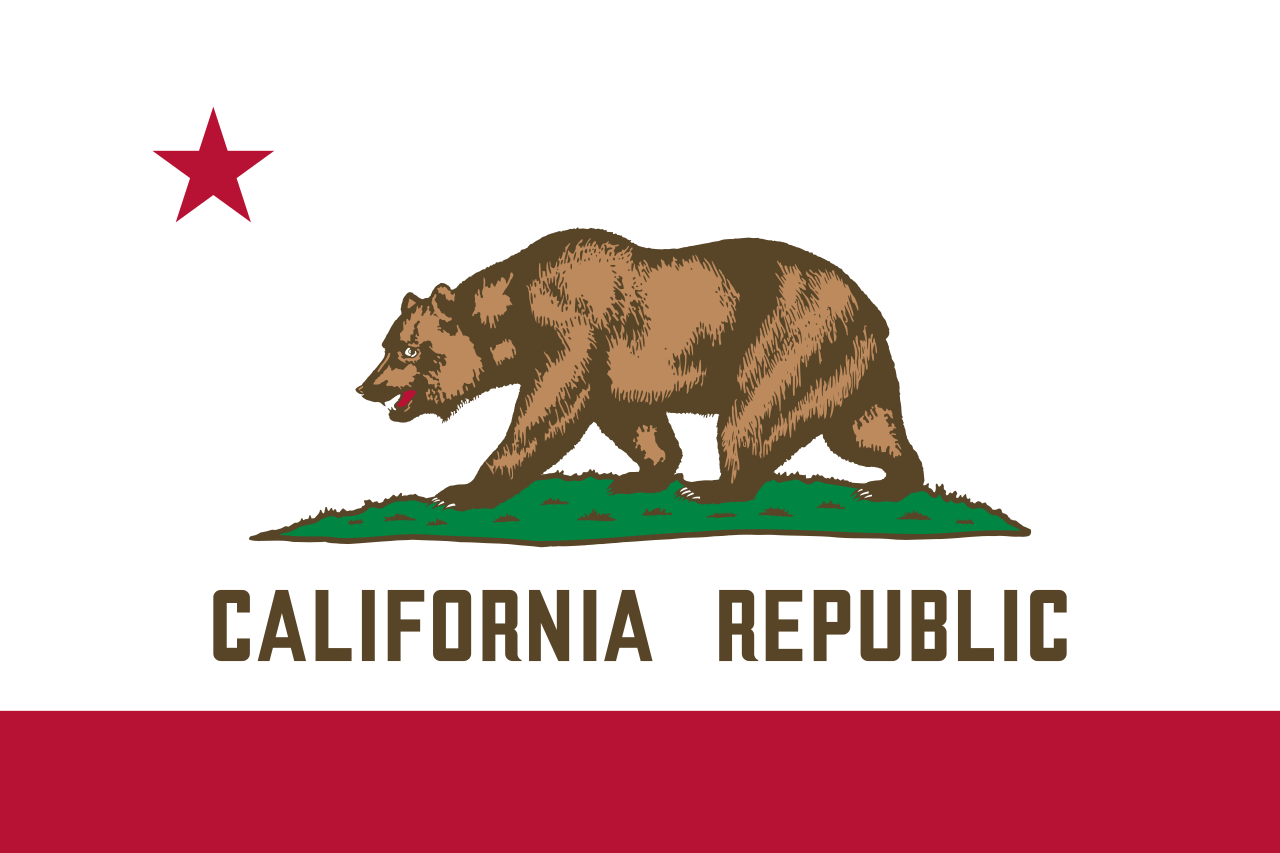 California-CA
California-CA

 Medizin, Pharma, Rehabilitation
Medizin, Pharma, Rehabilitation
 Medizinische Hochschulen/Medical colleges/Forschungsinstitut/Research Institute
Medizinische Hochschulen/Medical colleges/Forschungsinstitut/Research Institute
 Nobelpreis
Nobelpreis
 Nobelpreis für Chemie
Nobelpreis für Chemie
 Nobelpreis
Nobelpreis
 Nobelpreis für Literatur
Nobelpreis für Literatur
 Nobelpreis
Nobelpreis
 Nobelpreis für Physik
Nobelpreis für Physik
 Nobelpreis
Nobelpreis
 Nobelpreis für Physiologie oder Medizin
Nobelpreis für Physiologie oder Medizin
 Nobelpreis
Nobelpreis
 Nobelpreis für Wirtschaftswissenschaften
Nobelpreis für Wirtschaftswissenschaften
 Nobelpreis
Nobelpreis
 Universität/Institut
Universität/Institut
 Sinologie
Sinologie

 Universitäten in den USA
Universitäten in den USA
 Vereinigte Staaten
Vereinigte Staaten
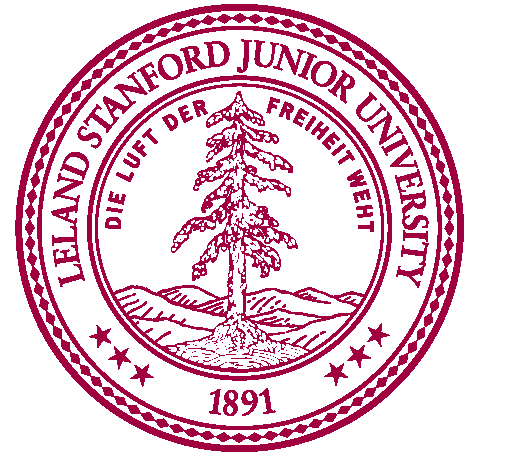
Stanford University, officially Leland Stanford Junior University,[13][14] is a private research university in Stanford, California. The campus occupies 8,180 acres (3,310 hectares), among the largest in the United States, and enrolls over 17,000 students.[15] Stanford is ranked among the top universities in the world.[16][17][18][19][20]
Stanford was founded in 1885 by Leland and Jane Stanford in memory of their only child, Leland Stanford Jr., who had died of typhoid fever at age 15 the previous year.[2] Leland Stanford was a U.S. senator and former governor of California who made his fortune as a railroad tycoon. The school admitted its first students on October 1, 1891,[2][3] as a coeducational and non-denominational institution. Stanford University struggled financially after the death of Leland Stanford in 1893 and again after much of the campus was damaged by the 1906 San Francisco earthquake.[21] Following World War II, provost Frederick Terman supported faculty and graduates' entrepreneurialism to build self-sufficient local industry in what would later be known as Silicon Valley.[22]
The university is organized around seven schools on the same campus: three schools consisting of 40 academic departments at the undergraduate level as well as four professional schools that focus on graduate programs in law, medicine, education, and business. The university also houses the public policy think tank, the Hoover Institution. Students compete in 36 varsity sports, and the university is one of two private institutions in the Division I FBS Pac-12 Conference. As of May 26, 2022, Stanford has won 131 NCAA team championships,[23] more than any other university, and was awarded the NACDA Directors' Cup for 25 consecutive years, beginning in 1994–1995.[24] In addition, by 2021, Stanford students and alumni had won at least 296 Olympic medals including 150 gold and 79 silver medals.[25]
As of April 2021, 85 Nobel laureates, 29 Turing Award laureates,[note 1] and eight Fields Medalists have been affiliated with Stanford as students, alumni, faculty, or staff.[46] In addition, Stanford is particularly noted for its entrepreneurship and is one of the most successful universities in attracting funding for start-ups.[47][48][49][50][51] Stanford alumni have founded numerous companies, which combined produce more than $2.7 trillion in annual revenue and have created 5.4 million jobs as of 2011, roughly equivalent to the 7th largest economy in the world (as of 2020).[52][53][54] Stanford is the alma mater of U.S. President Herbert Hoover, 74 living billionaires, and 17 astronauts.[55] It is also one of the leading producers of Fulbright Scholars, Marshall Scholars, Rhodes Scholars, and members of the United States Congress.[56]
Stanford University was founded in 1885 by Leland and Jane Stanford, dedicated to the memory of Leland Stanford Jr, their only child. The institution opened in 1891 on Stanford's previous Palo Alto farm.
Jane and Leland Stanford modeled their university after the great eastern universities, most specifically Cornell University in Ithaca, New York. Stanford was referred to as the "Cornell of the West" in 1891 due to a majority of its faculty being former Cornell affiliates (professors, alumni, or both), including its first president, David Starr Jordan, and second president, John Casper Branner. Both Cornell and Stanford were among the first to make higher education accessible, non-sectarian, and open to women as well as men. Cornell is credited as one of the first American universities to adopt that radical departure from traditional education, and Stanford became an early adopter as well.[58]
From an architectural point of view, the Stanfords, particularly Jane, wanted their university to look different from the eastern ones, which had often sought to emulate the style of English university buildings. They specified in the founding grant[59] that the buildings should "be like the old adobe houses of the early Spanish days; they will be one-storied; they will have deep window seats and open fireplaces, and the roofs will be covered with the familiar dark red tiles". This guides the campus buildings to this day. The Stanfords also hired renowned landscape architect Frederick Law Olmsted, who previously designed the Cornell campus, to design the Stanford campus.
When Leland Stanford died in 1893, the continued existence of the university was in jeopardy due to a federal lawsuit against his estate, but Jane Stanford insisted the university remain in operation throughout the financial crisis.[60][61] The university suffered major damage from the 1906 San Francisco earthquake; most of the damage was repaired, but a new library and gymnasium were demolished, and some original features of Memorial Church and the Quad were never restored.[62]
During the early 20th century, the university added four professional graduate schools. Stanford University School of Medicine was established in 1908 when the university acquired Cooper Medical College in San Francisco;[63] it moved to the Stanford campus in 1959.[64] The university's law department, established as an undergraduate curriculum in 1893, was transitioned into a professional law school starting in 1908, and received accreditation from the American Bar Association in 1923.[65] The Stanford Graduate School of Education grew out of the Department of the History and Art of Education, one of the original 21 departments at Stanford, and became a professional graduate school in 1917.[66] The Stanford Graduate School of Business was founded in 1925 at the urging of then-trustee Herbert Hoover.[67] In 1919, The Hoover Institution on War, Revolution and Peace was started by Herbert Hoover to preserve artifacts related to World War I. The SLAC National Accelerator Laboratory (originally named the Stanford Linear Accelerator Center), established in 1962, performs research in particle physics.[68]
In the 1940s and 1950s, engineering professor and later provost Frederick Terman encouraged Stanford engineering graduates to invent products and start their own companies.[69] During the 1950s he established Stanford Industrial Park, a high-tech commercial campus on university land.[70] Also in the 1950s William Shockley, co-inventor of the silicon transistor, recipient of the 1956 Nobel Prize for Physics, and later professor of physics at Stanford, moved to the Palo Alto area and founded a company, Shockley Semiconductor Laboratory. The next year eight of his employees resigned and formed a competing company, Fairchild Semiconductor. The presence of so many high-tech and semiconductor firms helped to establish Stanford and the mid-Peninsula as a hotbed of innovation, eventually named Silicon Valley after the key ingredient in transistors.[71] Shockley and Terman are often described, separately or jointly, as the "fathers of Silicon Valley".[72][73]
Stanford in the 1960s rose from a regional university to one of the most prestigious in the United States, "when it appeared on lists of the "top ten" universities in America… This swift rise to performance [was] understood at the time as related directly to the university's defense contracts…"[74]
In the following decades however controversies would damage the reputation of the school. The 1971 Stanford prison experiment was criticized as unethical,[75] and the misuse of government funds from 1981 resulted in severe penalties to the school's research funding[76][77] and the resignation of Stanford President Donald Kennedy in 1992.
Research centers and institutes
Stanford is classified among "R1: Doctoral Universities – Very high research activity."[145] The university's research expenditure in fiscal year 2021 was $1.69 billion and total sponsored projects was 7,900+.[149] As of 2016 the Office of the Vice Provost and Dean of Research oversaw eighteen independent laboratories, centers, and institutes. Dr. Kathryn Ann Moler are the key person for leading those research centers for choosing problems, faculty members, and students. Funding is also provided for undergraduate and graduate students by those labs, centers, and institutes for collaborative research.[150]
Other Stanford-affiliated institutions include the SLAC National Accelerator Laboratory (originally the Stanford Linear Accelerator Center), the Stanford Research Institute (an independent institution which originated at the university), the Hoover Institution (a conservative[151] think tank) and the Hasso Plattner Institute of Design (a multidisciplinary design school in cooperation with the Hasso Plattner Institute of University of Potsdam that integrates product design, engineering, and business management education).[citation needed]
Stanford is home to the Martin Luther King Jr. Research and Education Institute which grew out of and still contains the Martin Luther King Jr. Papers Project, a collaboration with the King Center to publish the King papers held by the King Center.[152] It also runs the John S. Knight Fellowship for Professional Journalists and the Center for Ocean Solutions, which brings together marine science and policy to address challenges facing the ocean. It focuses mainly 5 points, such as climate change, overfishing, coastal development, pollution and plastics.[153]
Together with UC Berkeley and UC San Francisco, Stanford is part of the Biohub, a new medical science research center founded in 2016 by a $600 million commitment from Facebook CEO and founder Mark Zuckerberg and pediatrician Priscilla Chan. This medical research center is working for designing advanced-level health care units.
 Breakthrough Prize
Breakthrough Prize
 Fundamental Physics Breakthrough Prize
Fundamental Physics Breakthrough Prize

 Colleges and Universities in Europe
Colleges and Universities in Europe
 England
England
 League of European Research Universities,LERU
League of European Research Universities,LERU

 Medizin, Pharma, Rehabilitation
Medizin, Pharma, Rehabilitation
 Medizinische Hochschulen/Medical colleges/Forschungsinstitut/Research Institute
Medizinische Hochschulen/Medical colleges/Forschungsinstitut/Research Institute
 Nobelpreis
Nobelpreis
 Nobelpreis für Chemie
Nobelpreis für Chemie
 Nobelpreis
Nobelpreis
 Nobelpreis für Frieden
Nobelpreis für Frieden
 Nobelpreis
Nobelpreis
 Nobelpreis für Literatur
Nobelpreis für Literatur
 Nobelpreis
Nobelpreis
 Nobelpreis für Physik
Nobelpreis für Physik
 Nobelpreis
Nobelpreis
 Nobelpreis für Physiologie oder Medizin
Nobelpreis für Physiologie oder Medizin
 Nobelpreis
Nobelpreis
 Nobelpreis für Wirtschaftswissenschaften
Nobelpreis für Wirtschaftswissenschaften
 Nobelpreis
Nobelpreis
 Universität/Institut
Universität/Institut
 Russell Group
Russell Group
 Sinologie
Sinologie
 Universitäten im Vereinigten Königreich
Universitäten im Vereinigten Königreich
 Vereinigtes Königreich
Vereinigtes Königreich

 Wissenschaft und Technik
Wissenschaft und Technik
 *Weltberühmte Forschungseinrichtungen/World famous research institutions
*Weltberühmte Forschungseinrichtungen/World famous research institutions

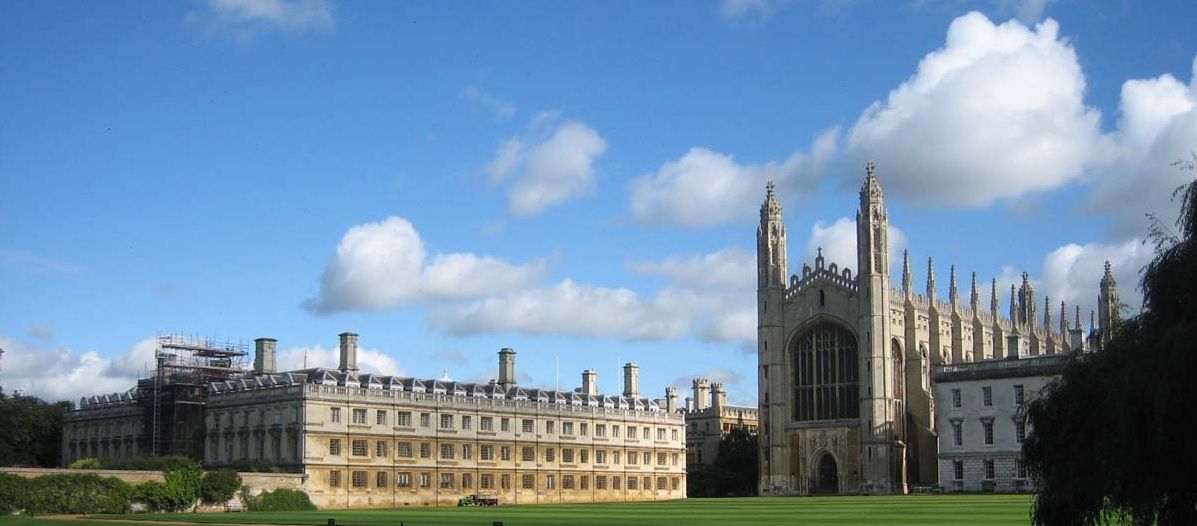
The University of Cambridge is a collegiate research university in Cambridge, United Kingdom. Founded in 1209[9] and granted a royal charter by Henry III in 1231, Cambridge is the second-oldest university in the English-speaking world and the world's fourth-oldest surviving university.[10] The university grew out of an association of scholars who left the University of Oxford after a dispute with the townspeople.[11] The two English ancient universities share many common features and are often jointly referred to as Oxbridge. Cambridge is ranked among the most prestigious universities in the world.
Cambridge is formed from a variety of institutions which include 31 semi-autonomous constituent colleges and over 150 academic departments, faculties and other institutions organised into six schools. All the colleges are self-governing institutions within the university, each controlling its own membership and with its own internal structure and activities. All students are members of a college. The university does not have a main campus, and its colleges and central facilities are scattered throughout the city. Undergraduate teaching at Cambridge centres on weekly small-group supervisions in the colleges in groups of typically 1–4 students. This intensive method of teaching is widely considered the 'jewel in the crown' of an Oxbridge undergraduate education.[12][13][14][15][16] In addition, lectures, seminars, laboratory work and occasionally further supervisions are provided by the central university faculties and departments. Postgraduate teaching is provided predominantly centrally.
Cambridge University Press & Assessment combines the oldest university press in the world with one of the world's leading examining bodies, which provides assessment to over eight million learners globally every year. The university also operates eight cultural and scientific museums, including the Fitzwilliam Museum, as well as a botanic garden. Cambridge's libraries, of which there are over 100, hold a total of around 16 million books, around nine million of which are in Cambridge University Library, a legal deposit library. The university is home to, but independent of, the Cambridge Union – the world's oldest debating society. The university is closely linked to the development of the high-tech business cluster known as 'Silicon Fen', the largest technology cluster in Europe.[17] It is the central member of Cambridge University Health Partners, an academic health science centre based around the Cambridge Biomedical Campus.
By endowment size, Cambridge is the wealthiest university in Europe.[18][19] In the fiscal year ending 31 July 2019, the central university, excluding colleges, had a total income of £2.192 billion, of which £592.4 million was from research grants and contracts.[4] At the end of the same financial year, the central university and colleges together possessed a combined endowment of over £7.1 billion and overall consolidated net assets (excluding 'immaterial' historical assets) of over £12.5 billion.[20] A member of numerous associations and part of the 'golden triangle' of English universities, Cambridge has educated many notable alumni, including eminent mathematicians, scientists, politicians, lawyers, philosophers, writers and actors. As of October 2020, 121 Nobel laureates, 11 Fields Medalists, 7 Turing Award winners, 47 heads of state, and 14 British prime ministers have been affiliated with Cambridge as students, alumni, faculty or research staff.[21] As of 2016, University alumni had won 194 Olympic medals.
 Breakthrough Prize
Breakthrough Prize
 Fundamental Physics Breakthrough Prize
Fundamental Physics Breakthrough Prize

 Colleges and Universities in Europe
Colleges and Universities in Europe
 England
England
 Europaeum
Europaeum
 League of European Research Universities,LERU
League of European Research Universities,LERU

 Medizin, Pharma, Rehabilitation
Medizin, Pharma, Rehabilitation
 Medizinische Hochschulen/Medical colleges/Forschungsinstitut/Research Institute
Medizinische Hochschulen/Medical colleges/Forschungsinstitut/Research Institute
 Nobelpreis
Nobelpreis
 Nobelpreis für Chemie
Nobelpreis für Chemie
 Nobelpreis
Nobelpreis
 Nobelpreis für Frieden
Nobelpreis für Frieden
 Nobelpreis
Nobelpreis
 Nobelpreis für Literatur
Nobelpreis für Literatur
 Nobelpreis
Nobelpreis
 Nobelpreis für Physik
Nobelpreis für Physik
 Nobelpreis
Nobelpreis
 Nobelpreis für Physiologie oder Medizin
Nobelpreis für Physiologie oder Medizin
 Nobelpreis
Nobelpreis
 Nobelpreis für Wirtschaftswissenschaften
Nobelpreis für Wirtschaftswissenschaften
 Nobelpreis
Nobelpreis
 Universität/Institut
Universität/Institut
 Russell Group
Russell Group
 Sinologie
Sinologie
 Universitäten im Vereinigten Königreich
Universitäten im Vereinigten Königreich
 Vereinigtes Königreich
Vereinigtes Königreich

 Wissenschaft und Technik
Wissenschaft und Technik
 *Weltberühmte Forschungseinrichtungen/World famous research institutions
*Weltberühmte Forschungseinrichtungen/World famous research institutions
The University of Oxford is a collegiate research university in Oxford, England. There is evidence of teaching as far back as 1096,[2] making it the oldest university in the English-speaking world and the world's second-oldest university in continuous operation.[2][12] It grew rapidly from 1167 when Henry II banned English students from attending the University of Paris.[2] After disputes between students and Oxford townsfolk in 1209, some academics fled north-east to Cambridge where they established what became the University of Cambridge.[13] The two "ancient universities" are frequently jointly referred to as "Oxbridge". The history and influence of the University of Oxford has made it one of the most prestigious universities in the world.[14][15]
The university is made up of 38 constituent colleges, and a range of academic departments which are organised into four divisions.[16] All the colleges are self-governing institutions within the university, each controlling its own membership and with its own internal structure and activities.[17] It does not have a main campus, and its buildings and facilities are scattered throughout the city centre. Undergraduate teaching at Oxford is organised around weekly tutorials at the colleges and halls, supported by classes, lectures, seminars, and laboratory work provided by university faculties and departments; some postgraduate teaching includes tutorials organised by faculties and departments. It operates the world's oldest university museum, as well as the largest university press in the world[18] and the largest academic library system nationwide.[19] The university is consistently cited as among the world's best.[20][21]
Oxford has educated many notable alumni, including 29 Nobel laureates, 27 prime ministers of the United Kingdom and many heads of state and government around the world.[22] As of 2017, 69 Nobel Prize winners, 3 Fields Medalists, and 6 Turing Award winners have studied, worked, or held visiting fellowships at the University of Oxford. Its alumni have won 160 Olympic medals.[23] Oxford is the home of the Rhodes Scholarship, one of the world's oldest international scholarships.[24]
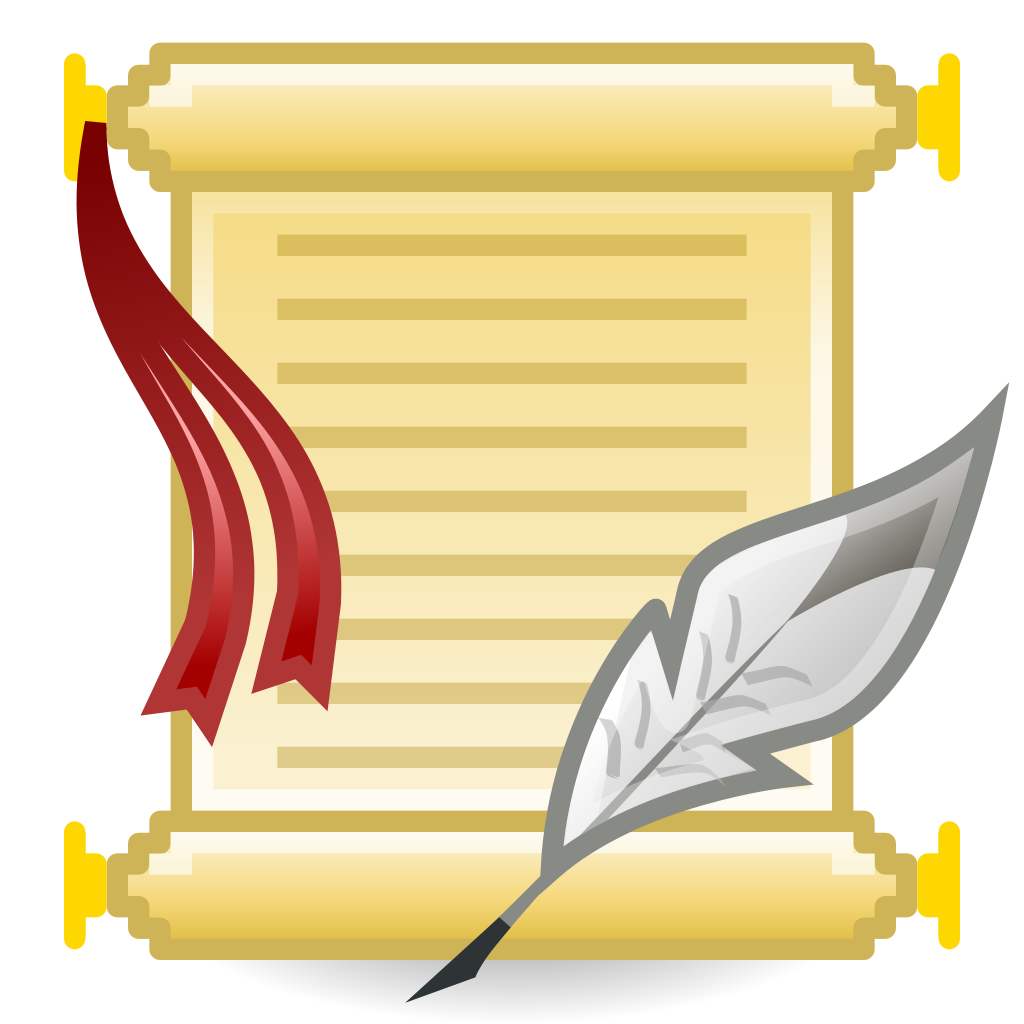 Geschichte
Geschichte
